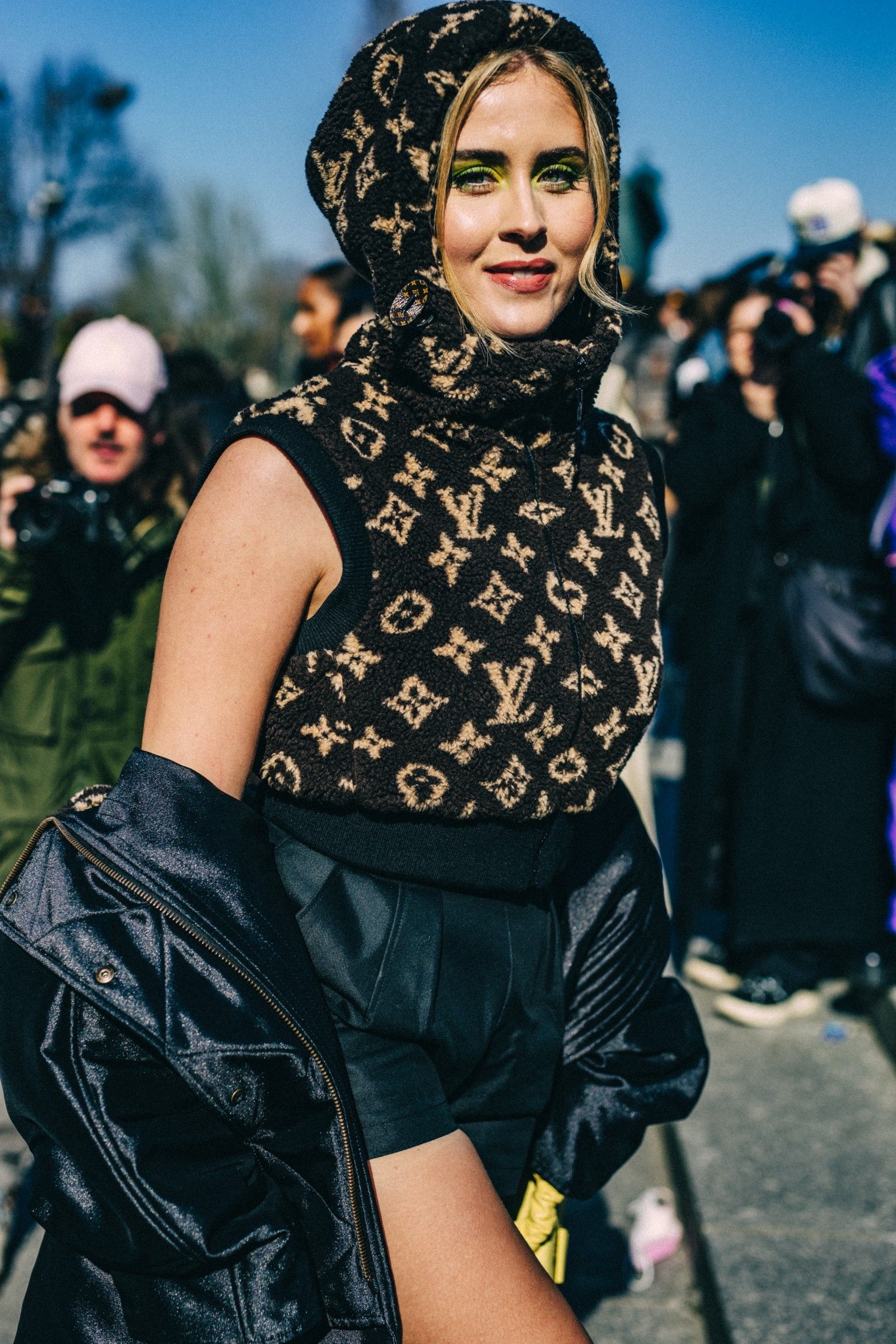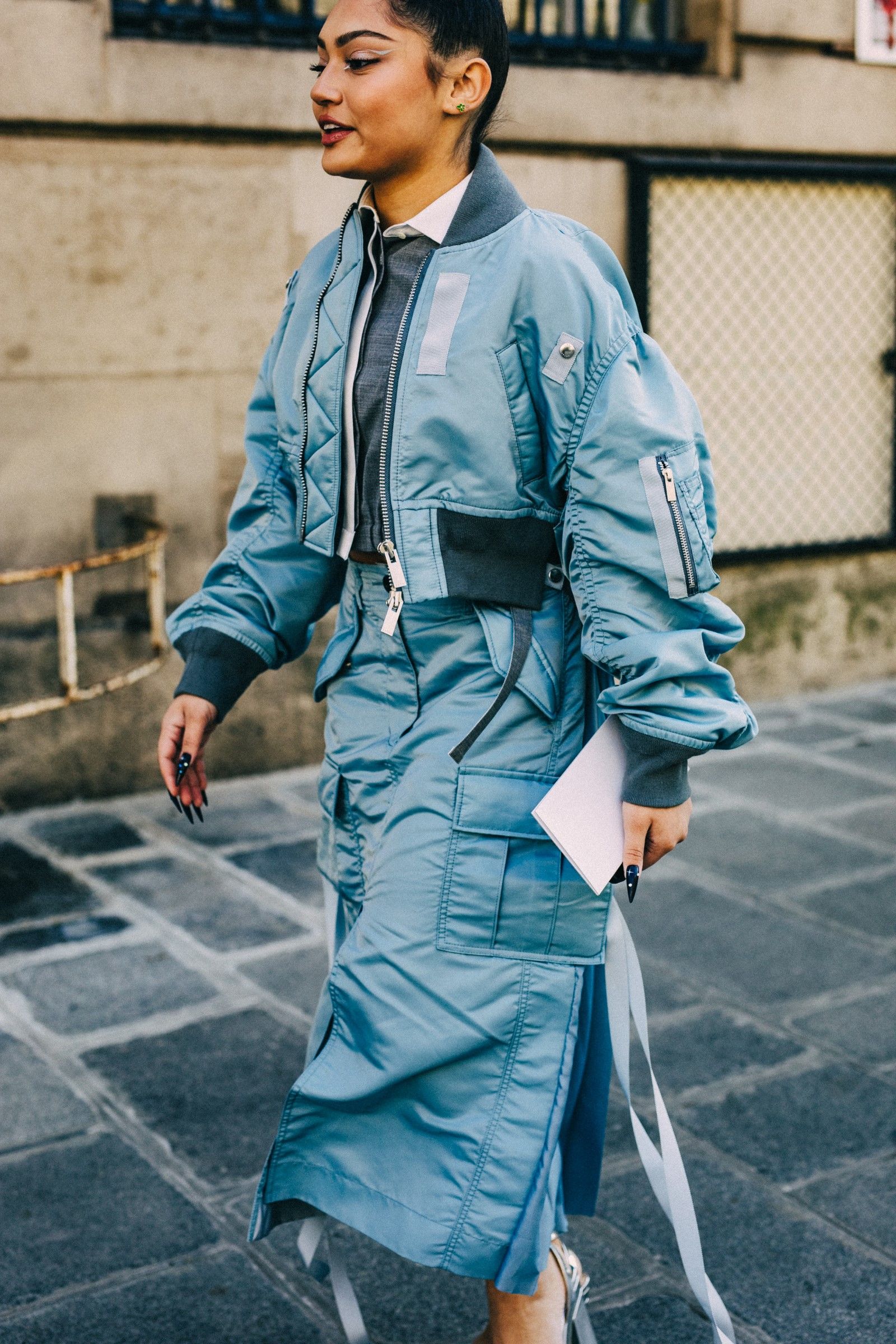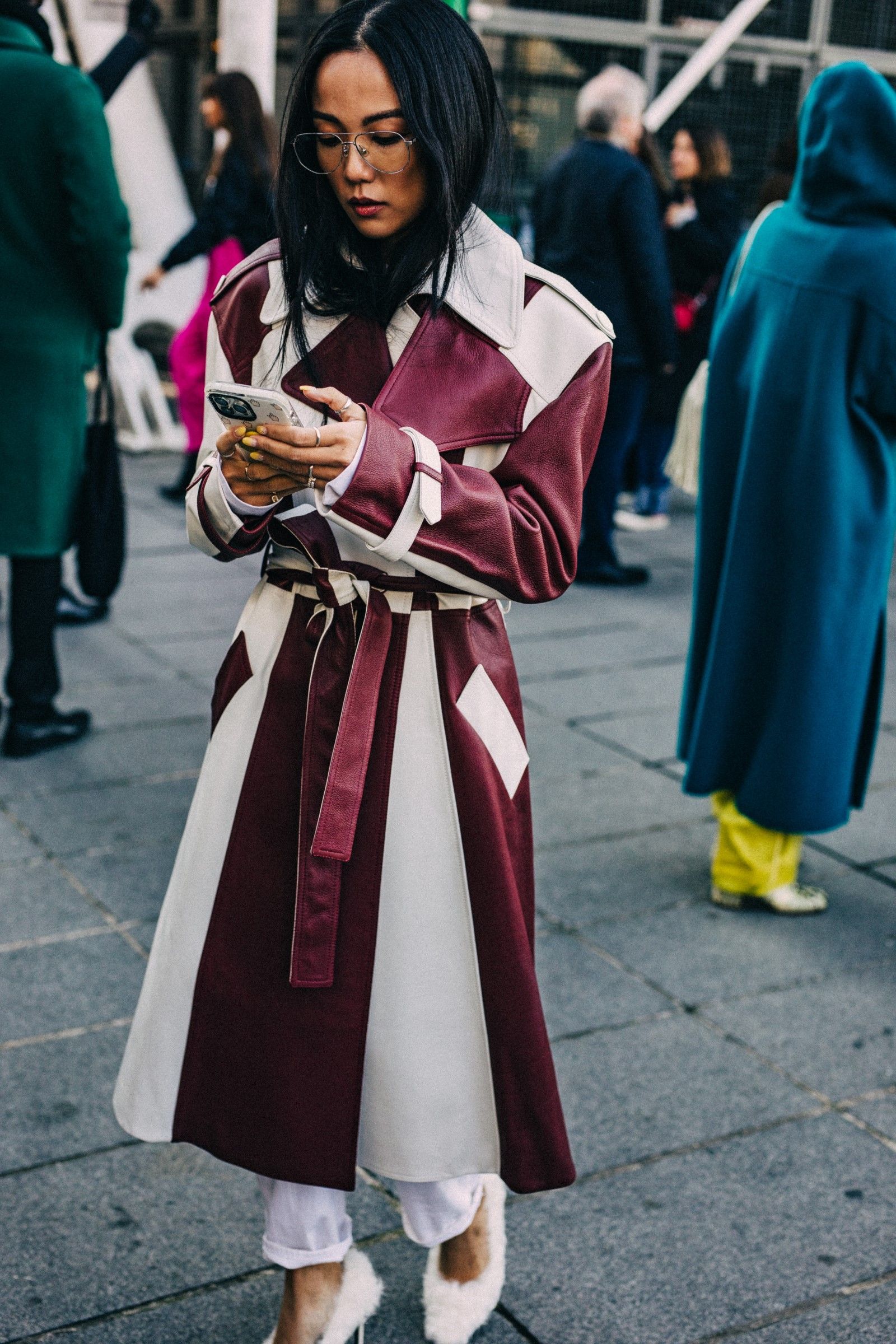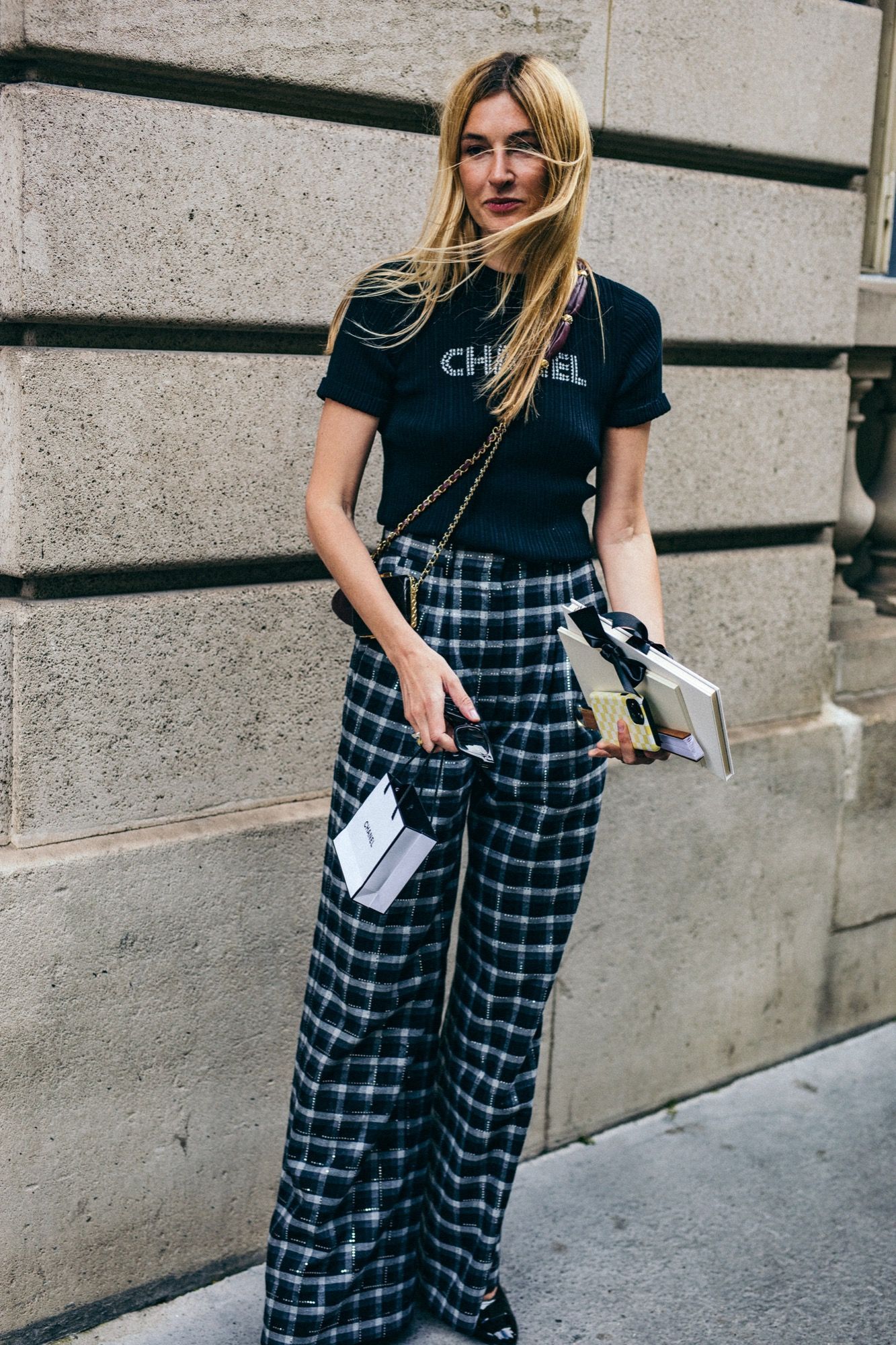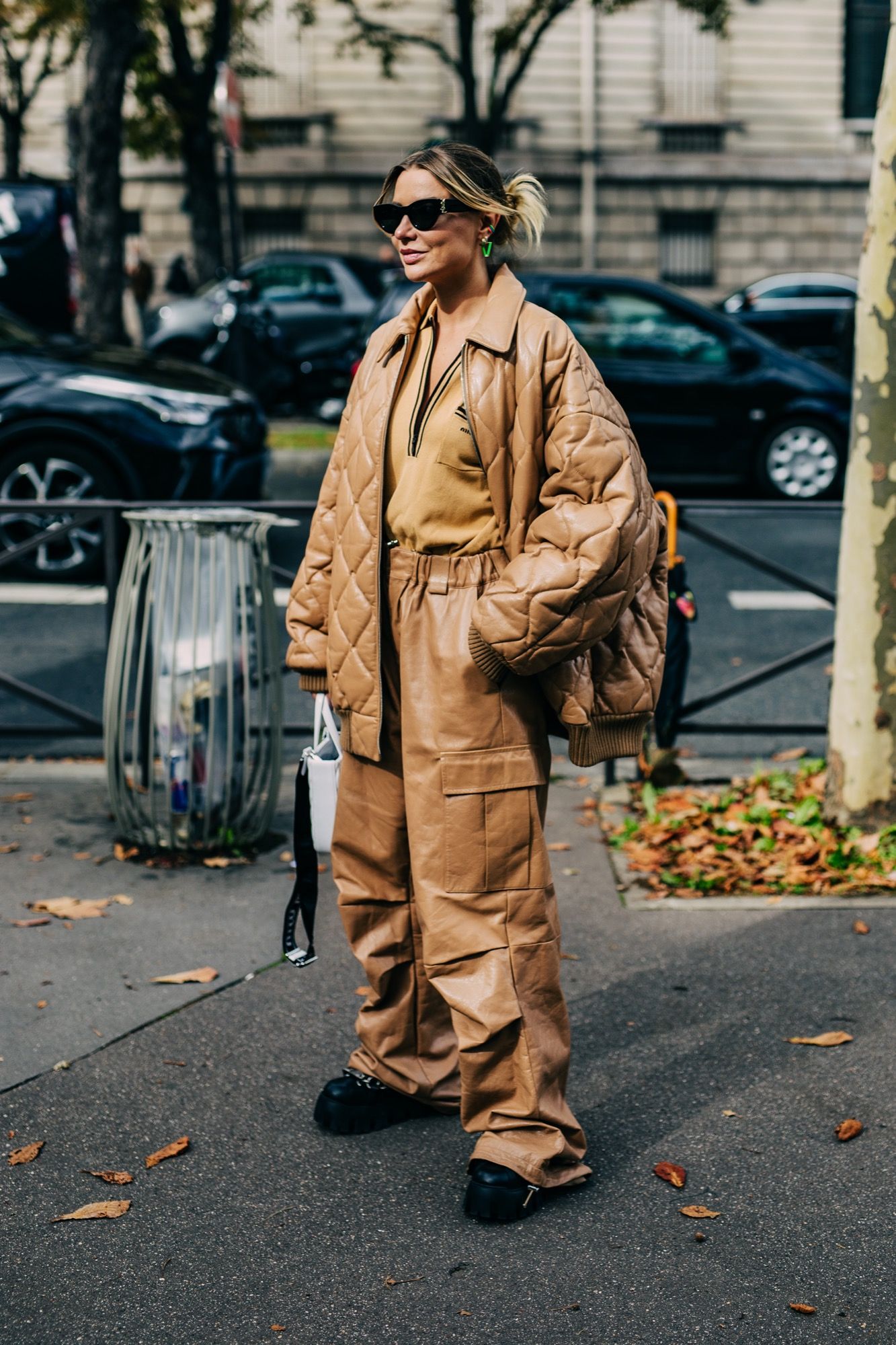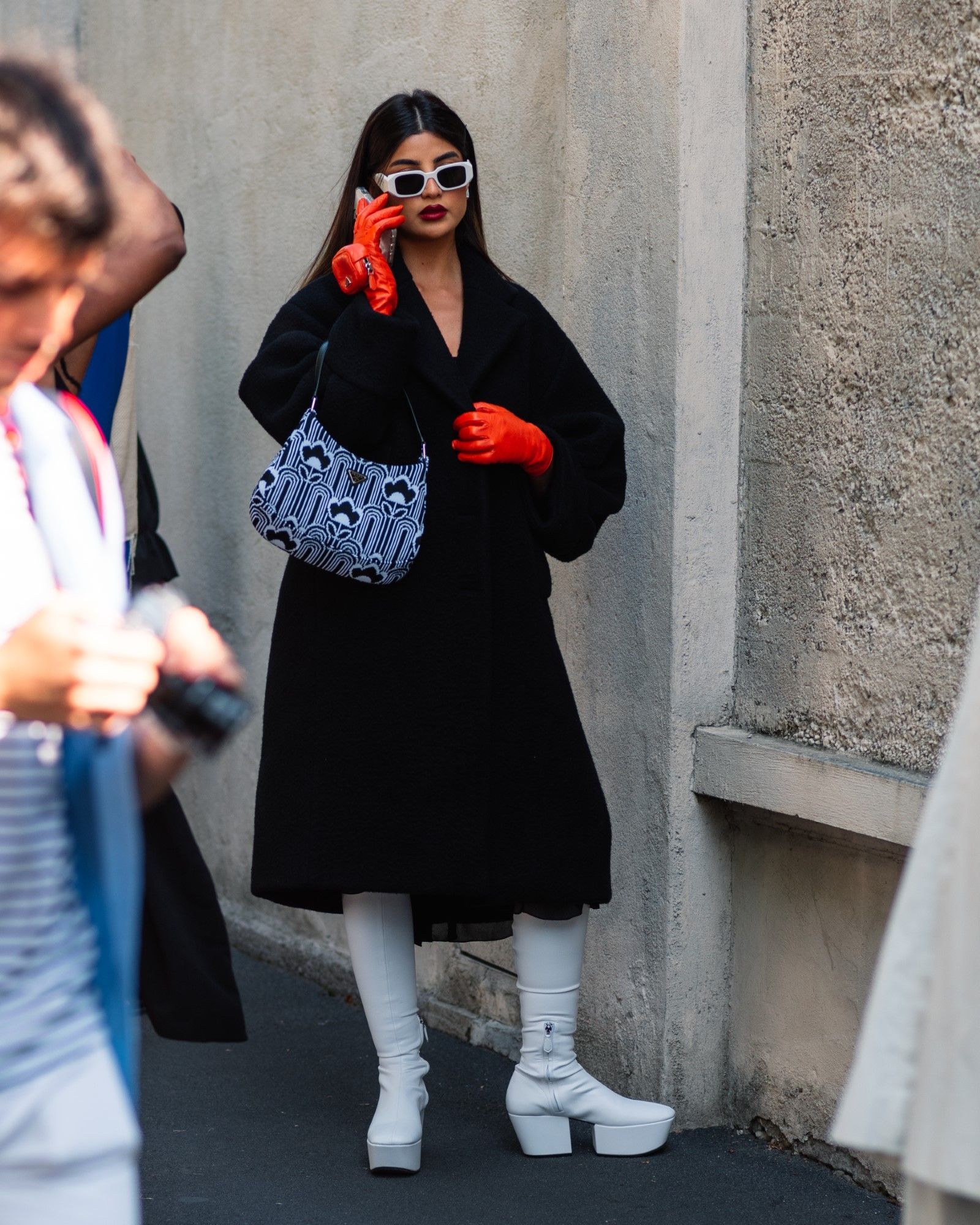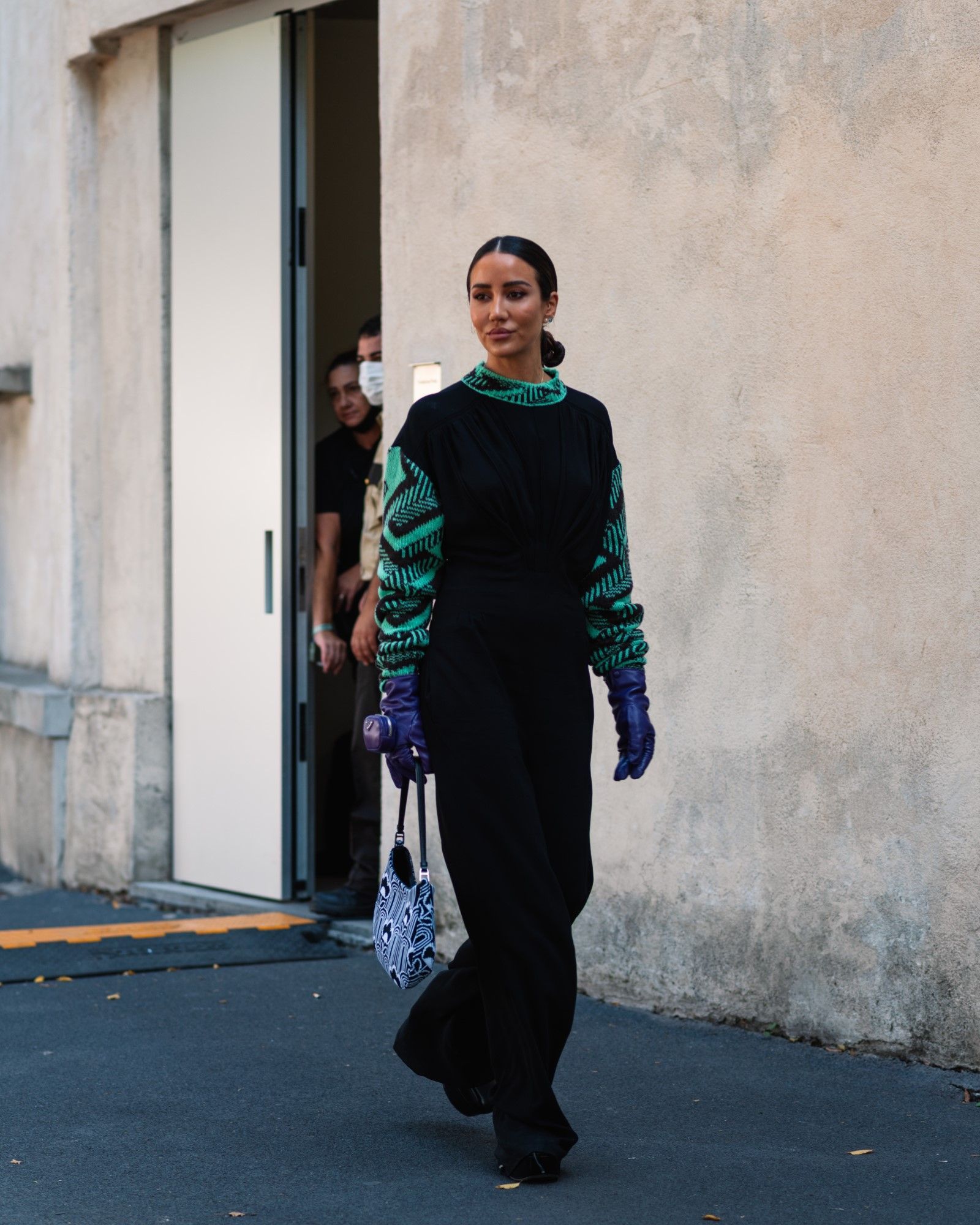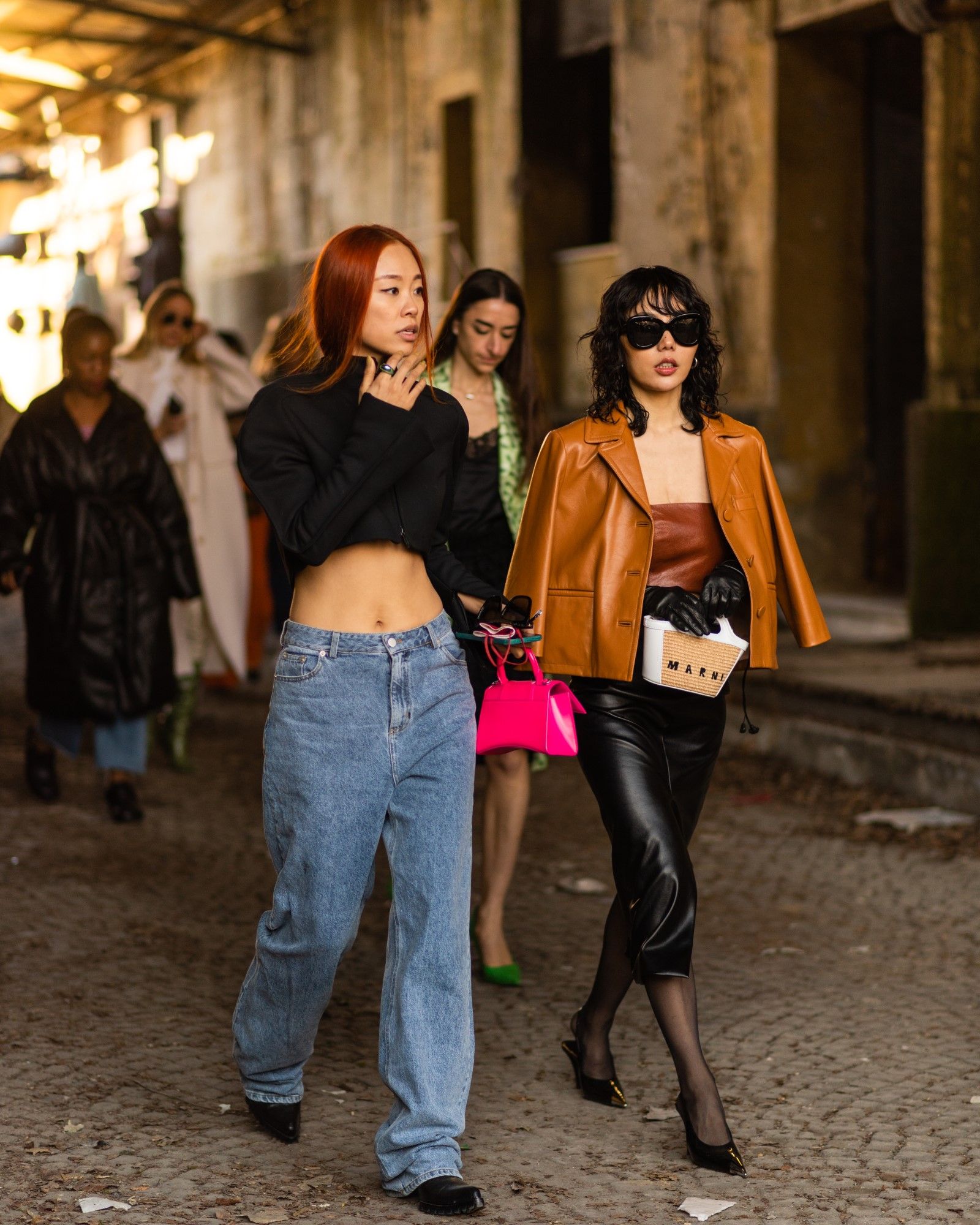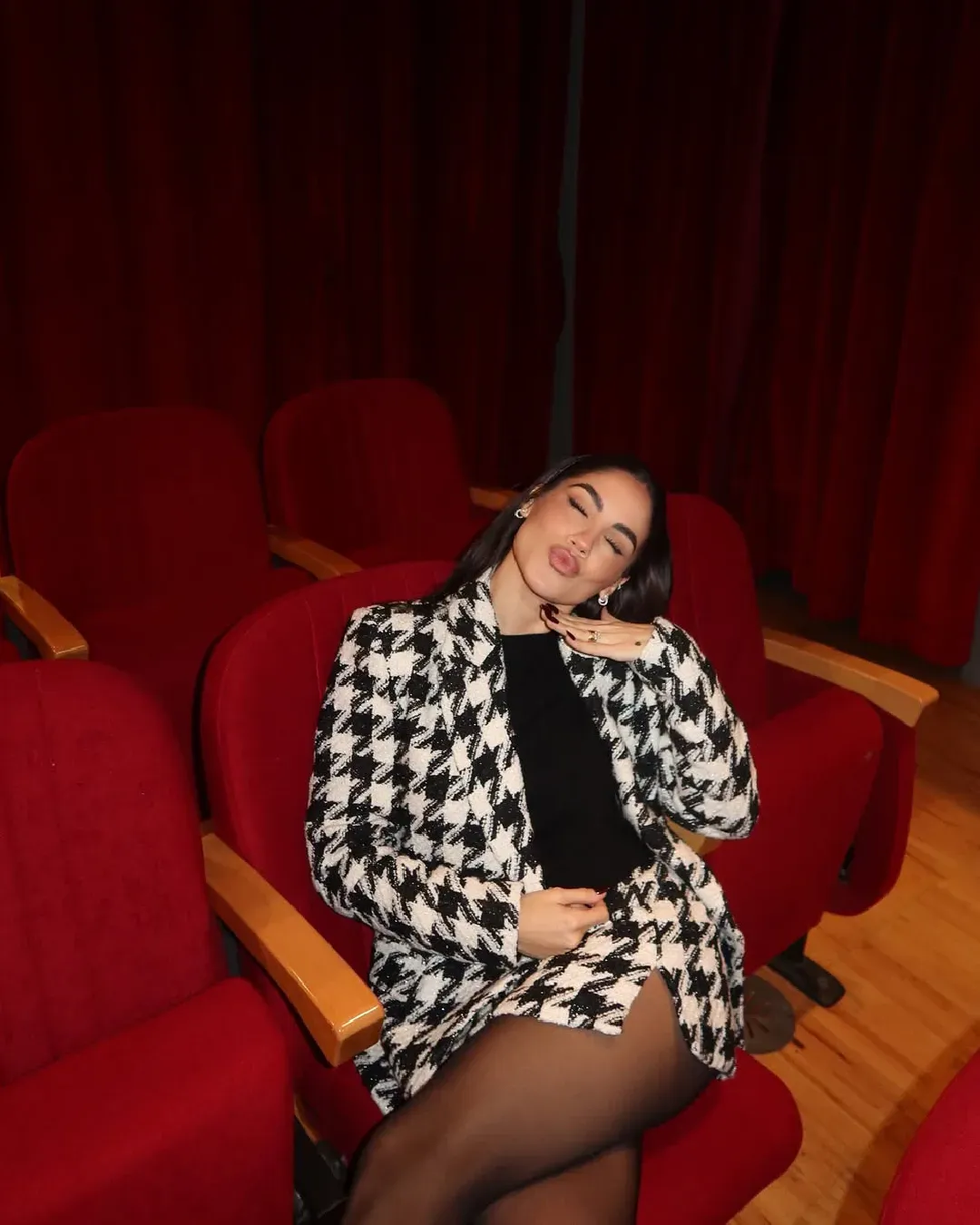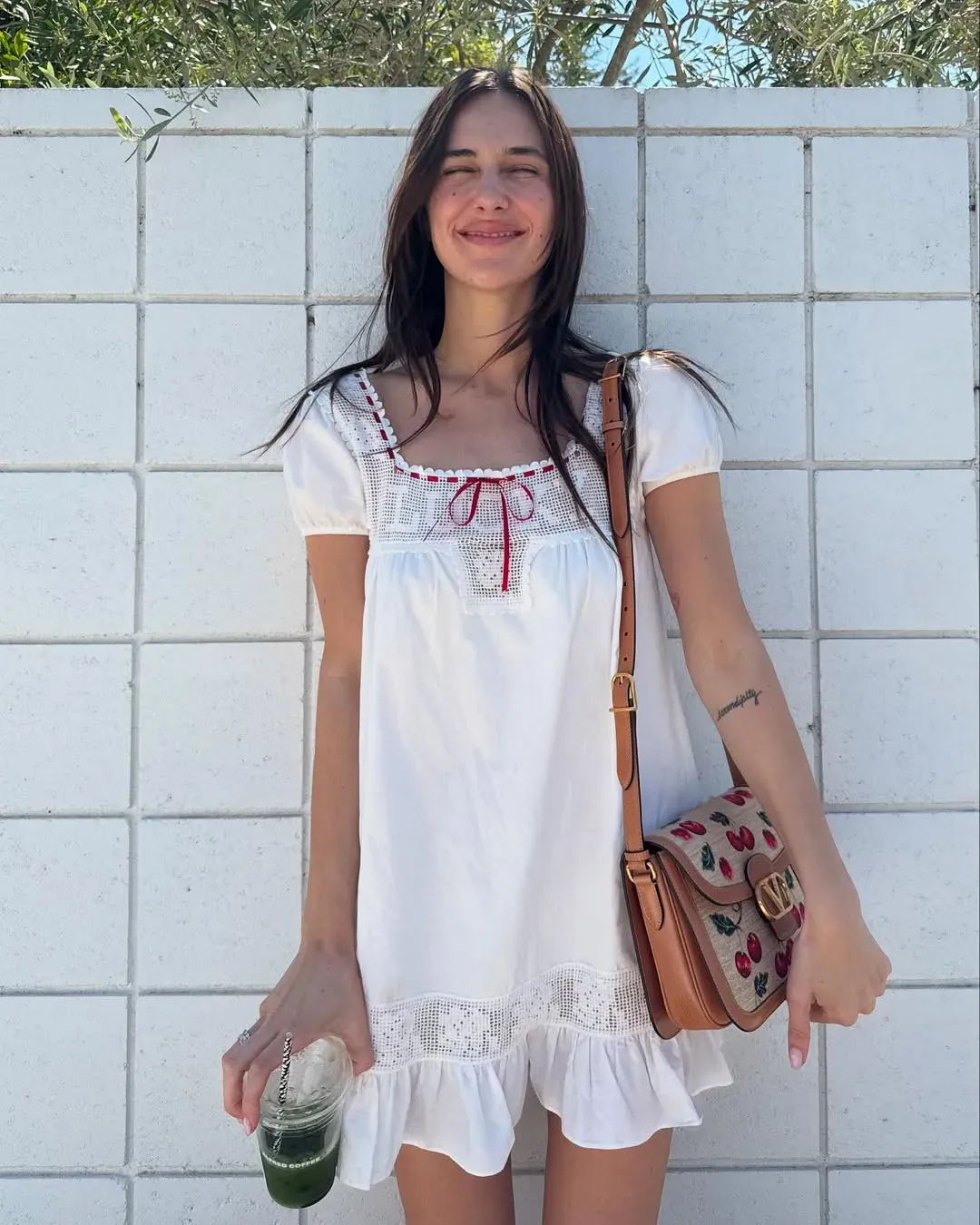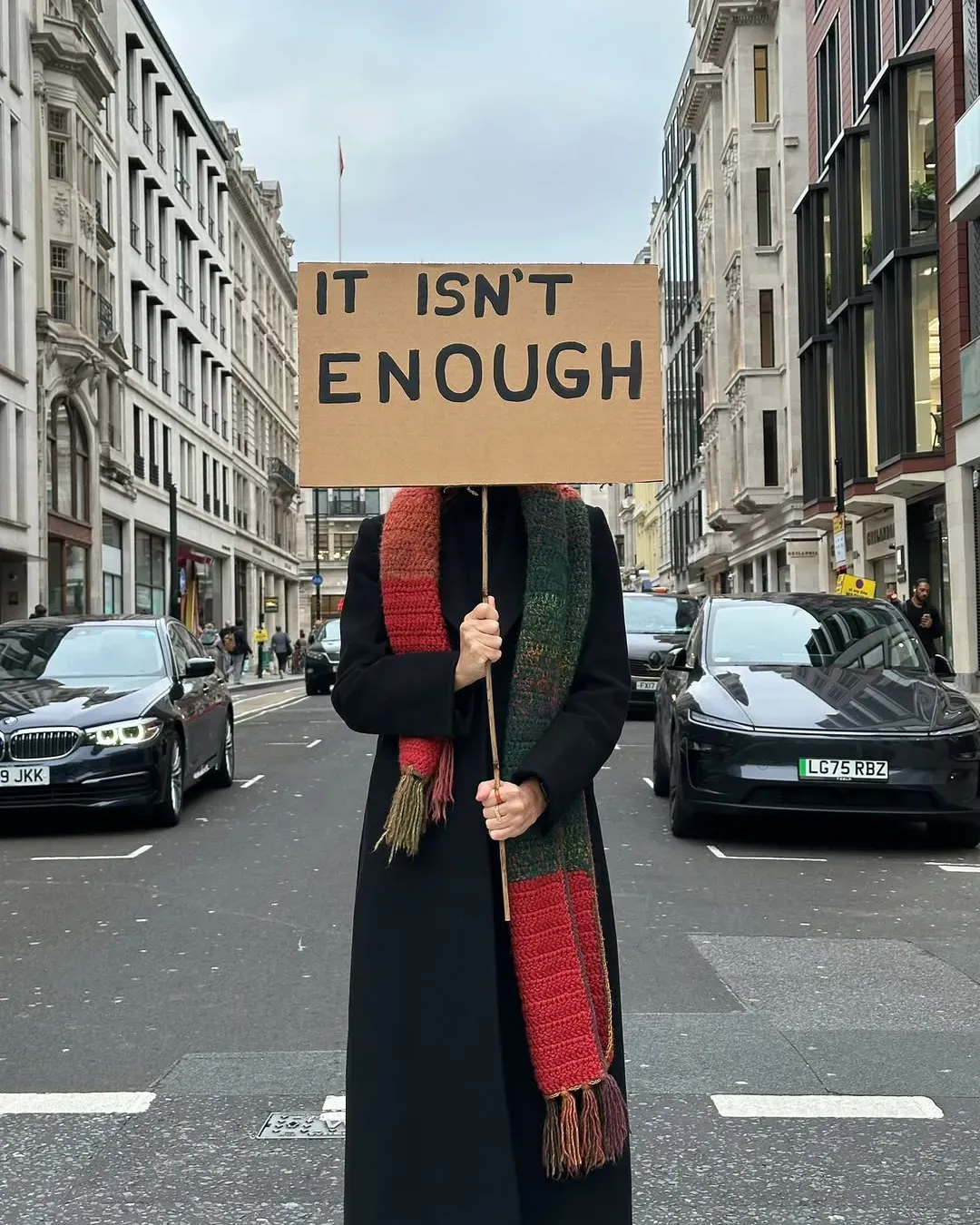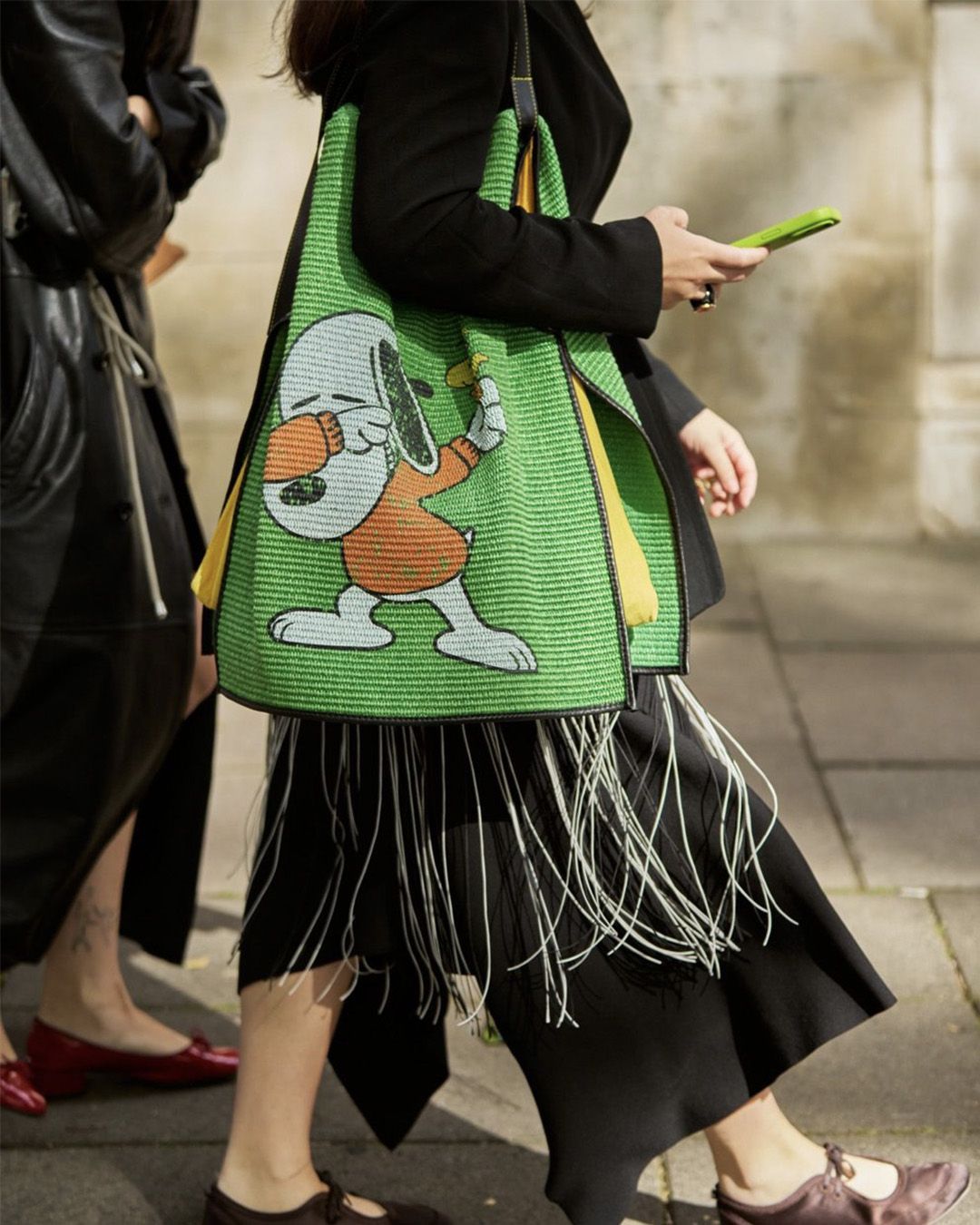
The secret to becoming an influencer? Having something to say How the figure of the influencer has evolved over the years
Between mockery, envy and a stubborn group of people who still don't want to admit that it's a real job, the influencer is a profession that has existed for just over 10 years and yet has already become a tedious cliché. Yet the term, beyond the imagery it conjures up, applies to all kinds of digital creators regardless of the platform they prefer: from TikToker to YouTube vloggers, from Twitter personalities to newsletter holders, from editors to meme makers. The sector is becoming more saturated by the day and encompasses a dizzying number of constantly growing sub-categories, so much so that it is never entirely clear who among the new guard will be able to exploit a momentary wave of popularity - the grace of algorithms - to build a lasting career. So how has influencer marketing changed over the years? What does 'influencer' really mean in an era where trends can last less than a day and popularity is within everyone's reach?
As for old glories like Chiara Ferragni and Olivia Palermo - those who, from Wordpress blogs to Instagram feeds, shaped the concept of influencer as we know it today - with the passage of time they have turned into something else, entrepreneurs or celebrities, the product of a recent yet largely outdated era of show-offs and perfection. Thanks to TikTok, the typical blonde girls with wardrobes overflowing with the latest releases from the hottest brands (Camille Charrière style, to be precise) are less successful than they used to be, precisely because the explore section of each Instagram account is saturated with girls sporting the same outfits, the same bag, the same hairstyle. The most-followed rising stars give us a clear idea of what users are looking for when scrolling: a strong personality and a strong aesthetic that can stand out in a welter of identical looks. Like Xenia Adonts, an influencer who fits the description perfectly and who, thanks to the direct and personal relationship created with the following, has managed to gain 2 million followers on Instagram and 1.5 million on TikTok. Figures such as Emma Chamberlain, before she took her leave, who with a spontaneous and unpolished approach manage to build up a community around her that is as active as few others, evoking the old days of blogging, when individuality and a bit of strangeness were welcome.
The concept of influence is increasingly fickle: boasting billions of followers does not necessarily mean being able to 'push' users to buy certain items, and TikTok, with its ability to transfer the power of influencers to the algorithm, is the perfect demonstration of this. Paradoxically, it is much more likely that a buyer will buy a House Of Sunny dress after having seen a few clips that have gone viral by chance on the Chinese platform, perhaps by a creator who has very few followers, rather than a user buying a garment seen on some #adv on Instagram.
At the same time, it is no longer necessary to 'show off' to become popular on social media: accounts such as Styledotcom and Ideservecuture, archive pages and moodboards such as the curators at Samutaro and Sabukaru demonstrate this. Now that culture and education are also (sometimes dangerously) passing through social media, followers want to bring their knowledge and opinions into the discussion as much as they want to see what a particular creator has to say about it. Influencers in this respect, compared to the institutional pages of magazines and journals, manage to provide educational and at the same time personal content, creating debates and strengthening a community of followers. In general, there is a growing interest in content that goes beyond the simple history of the catwalks, focusing instead on behind the scenes, on the secrets of the trade and the untold stories, as demonstrated by the social success of Federica Salto, Mariella Milani or Aja Barber, journalists who have been able to base their success on the story of their profession in all its nuances. Perhaps we have officially entered the era of social meritocracy, a time when being different and having something to say are the criteria that guide likes and views much more than good looks.











































